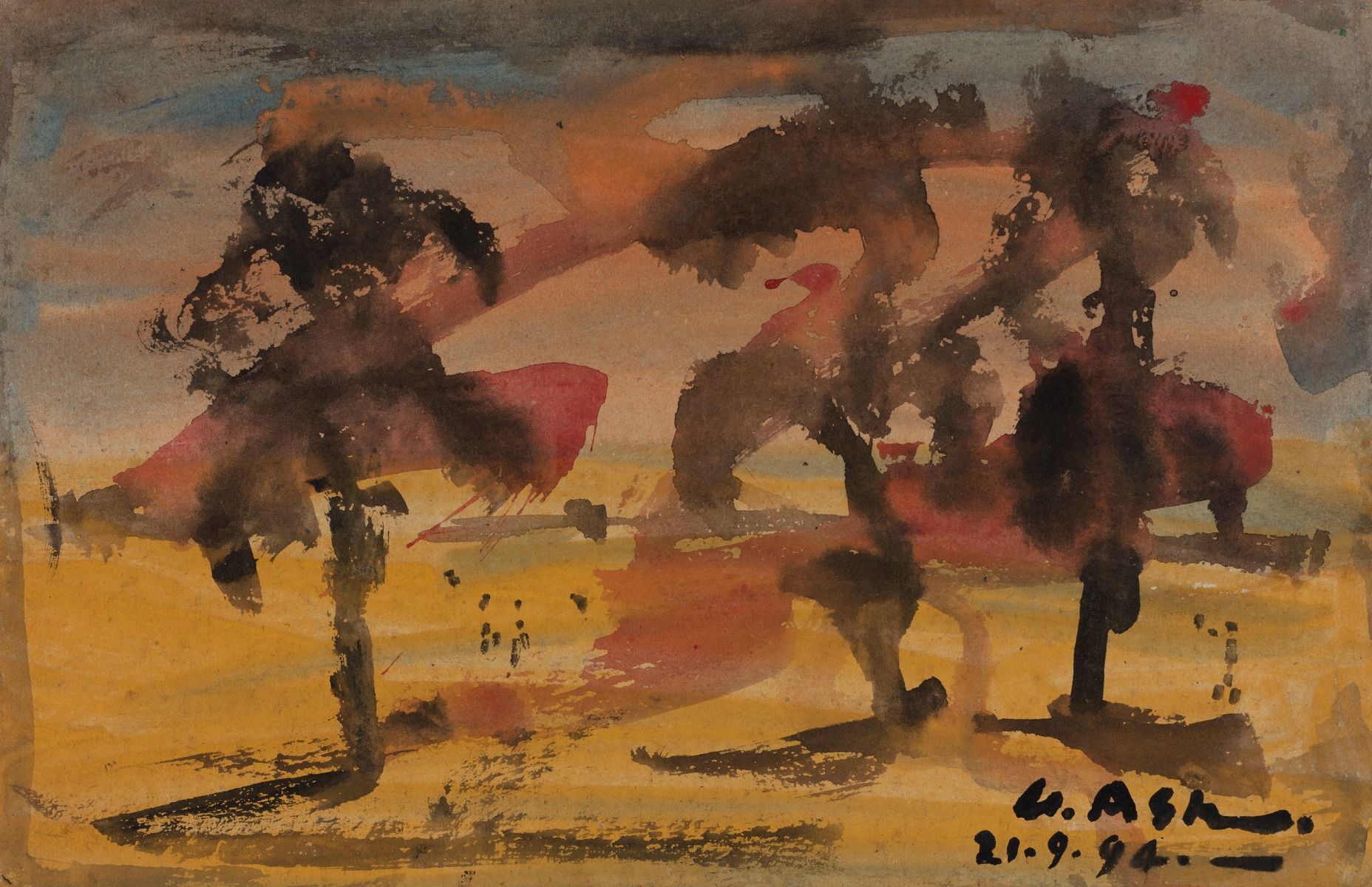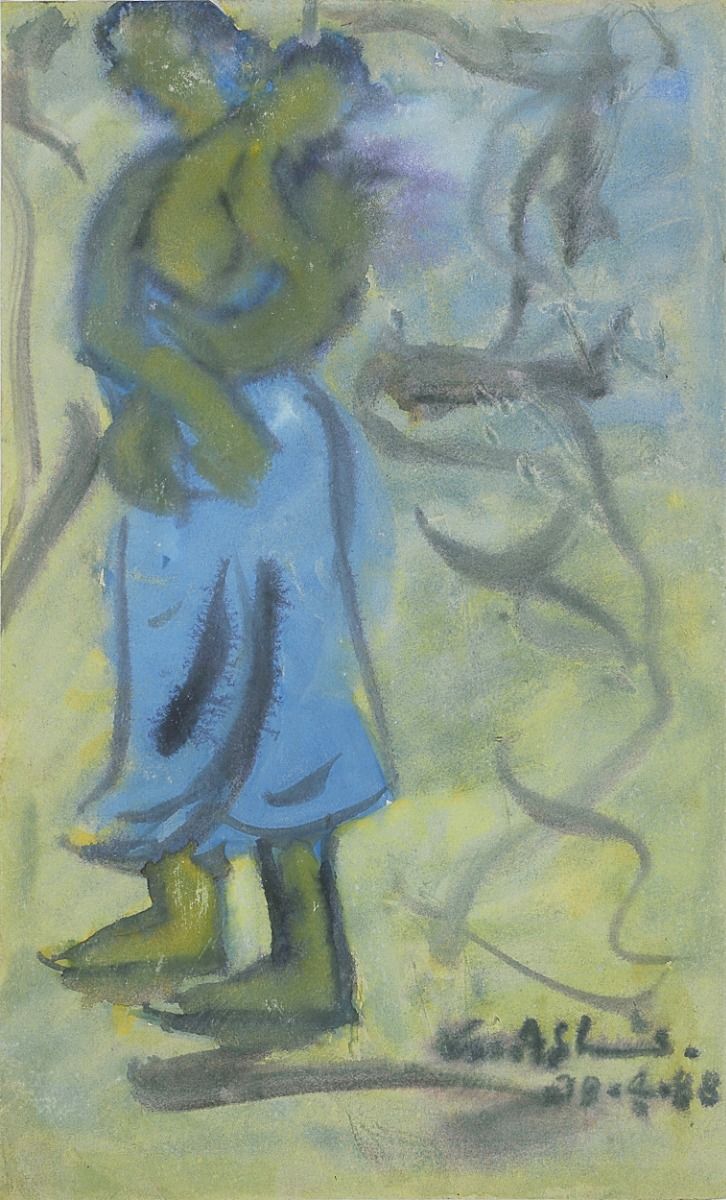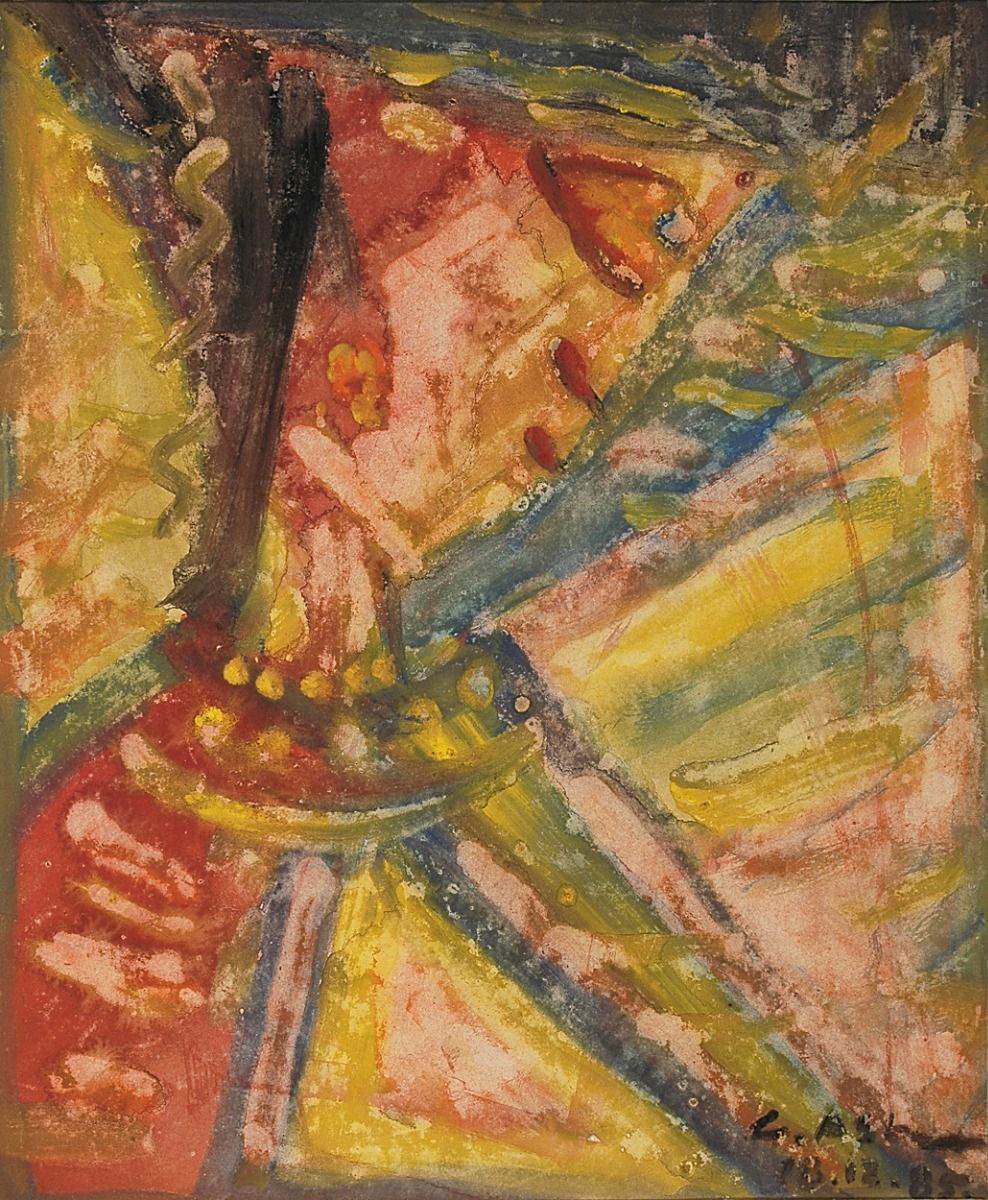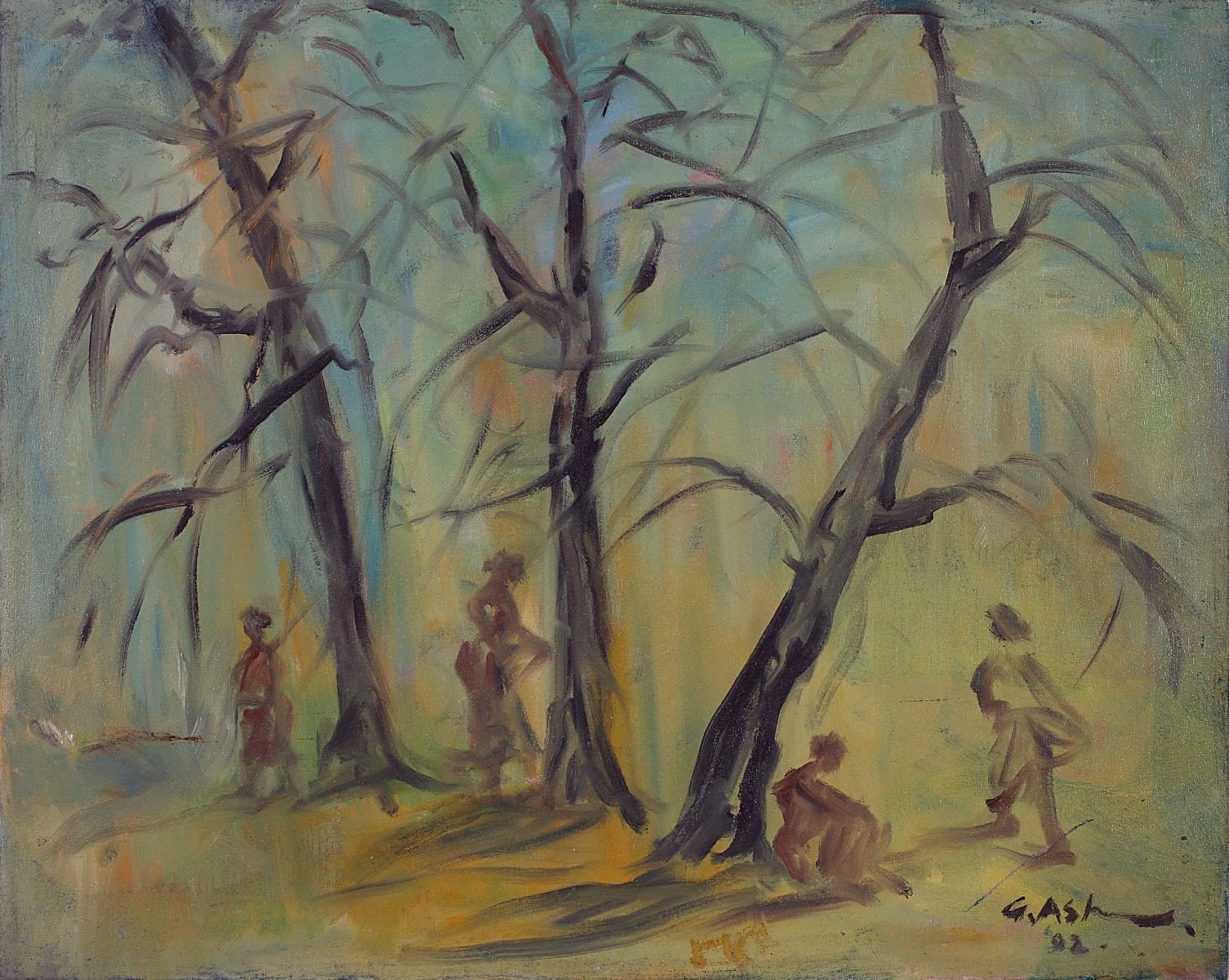Untitled
Untitled
Untitled
|
Gobardhan Ash Untitled year 1994 size 10.0 x 15.5 in. / 25.4 x 39.4 cm. medium Watercolour on paper pasted on mount board published references |
| Art Artist Names Single | Gobardhan Ash |
|---|










